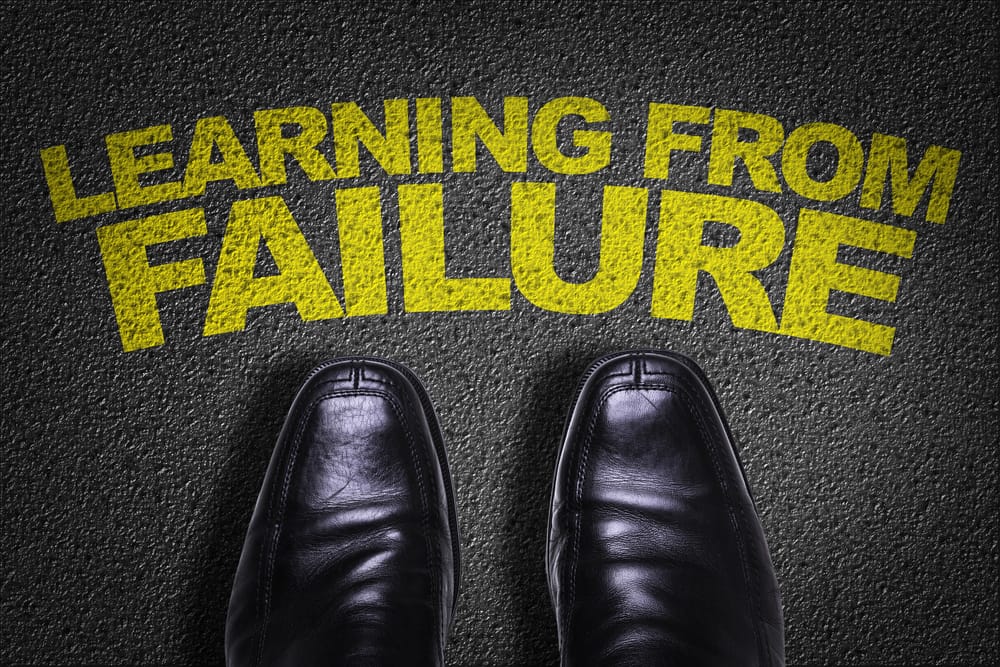Disruption isn’t coming—it’s already here.
CXOs, in today’s fast‑paced market, shifting regulations, evolving technology, and seismic geopolitical shifts aren’t waiting for companies to catch up. Future‑proofing your enterprise requires more than resilience—it demands foresight, structural agility, and an executive team built for unpredictability.
For CEOs, Boards, and Chairpersons, that means embedding advanced succession planning, targeted executive search, and diversified recruiting partnerships into long-term strategy. The goal? To position leadership not just to react—but to lead forward.
The Evolution of Enterprise Leadership in Uncertain Markets
Leadership today cannot rely on yesterday’s playbook. Succession plans based on tenure or internal referral are ill-equipped to handle real-time disruption. Instead, evolving markets demand proactive leadership that can pivot across digital, regulatory, and economic inflection points.
Adaptive organizations define succession not as a risk hedge but as strategic capacity-building. A new generation of CXOs must lead through change—with skills spanning digital acumen, transformation execution, and cross-border fluency. This requires the attention of Boards and Chairpersons who see succession as a critical differentiator—not a contingency.
From Reactive Hiring to Proactive Pipelines
Talent acquisition isn’t a backlog to fill—it’s a strategic advantage in motion. Traditional recruiting models are lagging indicators of change; leading organizations are now partnering with retained executive search firms to confidentially build future-forward talent pipelines.
Rather than responding to vacancies, these firms anticipate capability gaps and map succession lanes before the gap appears. Recruiters become strategic advisors—evaluating candidate readiness not only by current fit, but ability to evolve with business transformation.
This shift from reactive hiring to proactive pipeline building positions leadership teams to move fast—not just fill roles.
The Rise of Hybrid CXOs and Boardroom Agility
Evolving markets demand hybrid leadership. Today’s top-performing companies are hiring CXOs who combine domain expertise with digital fluency, cross-functional influence, and enterprise vision. These roles rarely live in a single function—and that transforms executive search criteria.
Equally, Board composition must evolve. Directors with fluency in digital transformation, cyber risk, or remoted operations elevate strategic oversight. That’s why smart executive search advisors are focused not just on operational metrics, but on transformation readiness—a soft signal of board agility.
Diversifying Your Recruiter Partnerships
Just as organizations diversify their product suppliers, they must diversify their recruiting partners. Relying on one vendor narrows your access to emerging leadership pools. In contrast, working with multiple retained recruiters, each with sector, function, or geo specialization, expands strategic sourcing and shortens decision timelines.
As noted in our blog post “Maximizing Growth: Proven Strategies for Industry Success”, companies that diversify their recruiting ecosystem gain faster access to transformational CXO candidates and ensure succession resilience. This principle applies across verticals—transformative leadership begins with smart sourcing.
“Proven success begins with deliberate diversity in your search strategy and partners.”
In today’s executive search ecosystem, relying solely on a single recruiting partner can be a liability. Much like a diversified investment portfolio mitigates risk and boosts returns, a diversified recruiter strategy enhances leadership access and accelerates time-to-fill for critical roles.
Organizations that maintain exclusive ties with one recruiter often overlook elite, Passive CXO candidates sitting just outside that partner’s reach. In contrast, working with multiple retained search partners across specialties—such as sector, geography, or function—opens doors to untapped succession potential. This multi-partner model isn’t just about speed. It’s about building a resilient executive pipeline capable of evolving with your company.
Forward-thinking CEOs and Chairpersons are treating executive search like a growth engine—not an HR transaction. In an era where time lost to executive vacancies equates to market loss, partnering with multiple recruiters creates optionality without compromising discretion or quality.
What boards must do differently
Succession today is not merely about naming a successor—it’s about designing future leadership capacity across business scenarios. Far too many Boards still approach succession planning as an episodic event tied to retirement or emergency. That’s a legacy mindset. In volatile markets, Boards must rethink succession as a dynamic and continuous strategic imperative.
The most resilient companies invest in succession long before it’s needed. They embed succession into quarterly boardroom agendas. They partner with executive search advisors to conduct leadership audits and identify gaps in their CXO bench—not just in skill sets, but in mindset and market readiness.
These organizations use search firms not only to fill seats but to run “what-if” scenarios:
What if our CEO exits next quarter?
Who on the leadership team is succession-ready for transformation, not just continuity?
Resilient Boards demand scenario planning with data. They work with recruiters to benchmark both internal and external talent. They prioritize readiness over rank and capability over comfort. The result is a transition process that’s not reactive—but seamless, controlled, and value-protective.
And beyond resilience, future-proof succession strengthens your brand equity. Investors take notice when leadership transitions are graceful. Employees trust leadership more when transitions are proactive. Culture stabilizes when change is anticipated. Succession, when done right, isn’t risk management—it’s enterprise insurance.
Technology, geopolitics, and the leadership imperative
Technological acceleration and geopolitical uncertainty have converged to reshape what effective leadership looks like. The C-suite today faces a constant barrage of complexity: AI adoption, cybersecurity risks, supply chain fragility, ESG accountability, regulatory shifts, and market volatility.
This complexity is not theoretical. It is operational. CEOs now spend more board time discussing geopolitical scenarios and AI disruption than they do five-year growth targets. Boards are rethinking whether their leadership teams possess the stamina, foresight, and fluency to navigate interconnected disruption.
What does this mean for recruiting? It means executive search strategies must evolve beyond resume filters and industry tenure. The new ideal candidate is defined by their change fluency. Boards must look for leaders who can shift from defense to offense—those who anticipate risks but also weaponize them into innovation.
This is where executive search advisors prove invaluable. They can screen for multi-dimensional leadership: the CXO who understands AI not only as a tool but as a strategic differentiator; the Board member who can spot cybersecurity gaps before breach headlines hit; the CEO who turns geopolitical volatility into new market entry.
The stakes are real. And as illustrated in “Learning from Cybersecurity Failures: Best Practices”, companies that fail to assess leadership through the lens of disruption management are more likely to suffer performance gaps, brand erosion, and regulatory scrutiny. In 2025, agility isn’t optional—it’s foundational.
Executive search in the age of asymmetry
We are living in the age of asymmetry—where traditional organizational hierarchies and market patterns are breaking apart. In this era, success belongs to organizations that can identify and empower leaders who think in nonlinear ways. Executive search must rise to meet this challenge.
Contrary to outdated norms, today’s highest-value executives may not look the part. They often come from non-traditional industries or bring contrarian thinking. They have failed, pivoted, and built from chaos. These leaders aren’t cookie-cutter candidates—they are business shape-shifters. They thrive in ambiguity. They outperform during uncertainty.
Top executive recruiters understand this. They now benchmark candidates not just by past roles, but by adaptability, complexity tolerance, and creative decision-making. They look beyond traditional credentials to find the “strategic misfits”—individuals who can challenge groupthink and elevate cross-functional execution.
This shift isn’t speculative—it’s proven. As highlighted in “Achieving Industry Leadership Through Innovation”, companies that embrace this kind of asymmetry build long-term strategic advantages. They innovate faster, break category norms, and retain top leadership talent through trust and purpose alignment.
Search partners who understand the value of asymmetry become your quietest but most powerful competitive advantage.
Future-proofing begins at the top
Too many enterprises pour billions into transformation—but ignore the leadership layer responsible for executing it. Boards and CEOs must recognize that the most powerful transformation lever is not process—it’s people. And not just people in general—but the specific, hand-picked CXOs who are architecting the future.
Future-proofing your business is a strategy, not a slogan. It’s embedded in how you design your succession, whom you trust to lead through change, and how you empower your executive search partners to act as strategic extensions of your leadership philosophy.
If your executive search strategy hasn’t evolved in the last 18 months, it’s already outdated. The companies thriving in 2025 are those that took leadership search seriously in 2023.
Smart leaders know this: every unfilled seat is an opportunity lost, and every misaligned hire is a risk multiplied. There is no AI without alignment. No growth without governance. No transformation without trust.
Retained recruiters are no longer transactional vendors. They are your succession architects, growth advisors, and quiet force behind every leadership win.
“When the future is uncertain, build certainty into your leadership.”
About NextGen Global Executive Search
NextGen Global Executive Search is a retained firm focused on elite executive placements for VC-backed, PE-owned, growth-stage companies and SMEs in complex sectors such as MedTech, IoT, Power Electronics, Robotics, Defense and Photonics. With deep industry relationships, succession planning expertise and a performance-first approach to recruiting, NextGen not only offers an industry-leading replacement guarantee, they also help CEOs and Boards future-proof their leadership teams for long-term success. They also specialize in confidentially representing executives in their next challenge.
www.NextGenExecSearch.com























